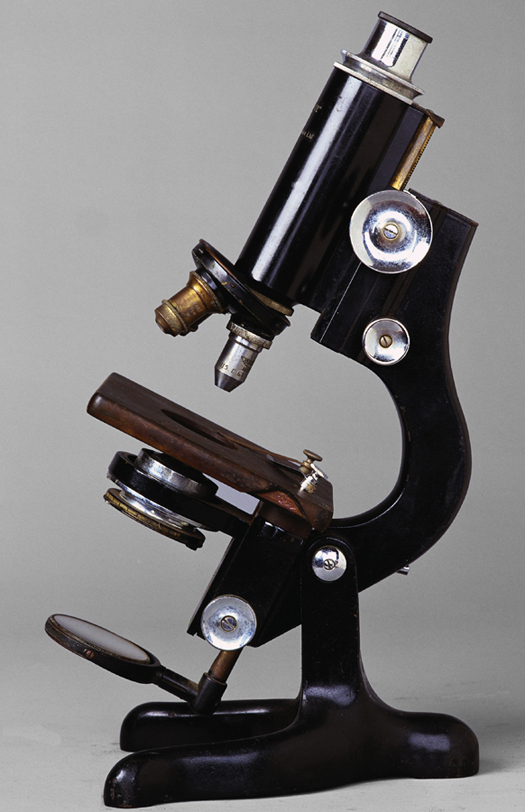Researchers at the University of Edinburgh, working with the UK Government’s Defence Science and Technology Laboratory (Dstl), have pioneered a new chemical substance analysis software technique. They hope that it could play a part in homeland security and detection of illicit substances. Suited it’s claimed for portable hand-held spectroscopy devices, the system provides real-time analysis and identification of complex chemical mixtures using new Raman spectral decomposition techniques.
This approach, which is described as technology-agnostic, can handle large spectral databases to pinpoint mixtures of chemical substances. Samples composed of a mixture of chemicals provide a much greater detection challenge than pure materials, as typically used in laboratory studies but not representative of real world samples.
This new functionality is computationally efficient enough to be used on hand-held Raman spectrometers, as a portable, and non-invasive approach for chemical substance analysis. Edinburgh’s commercialisation arm, Edinburgh Research & Innovation (ERI), is now seeking to license it to firms who wish to deploy it as part of commercial hardware.
Mike Davies, Professor of Signal and Image Processing at the University of Edinburgh’s School of Engineering says: “Inputting a set of reference spectra and an unknown mixture yields the identity of the mixture elements and also their contribution percentages. It also has the capability of identifying the presence of a spectral component outside the reference library. As such it is a particularly powerful tool.”
The university adds that performance has been demonstrated in the identification of real mixtures in different measurement scenarios, including where component spectra are close to the device’s noise level.
Rhea Clewes, Senior Scientist in Chemical Sensing, Dstl, says: “This novel software will allow us to accurately identify small amounts of hazardous chemicals much more quickly than before. This technology agnostic development allows a range of different signals to be separated, including analytical approaches beyond Raman spectroscopy. Dstl is proud to see that ‘outcomes’ from the University Defence Research Collaboration in Signal Programming, jointly funded by Dstl and EPSRC, is producing output of immediate benefit to defence and homeland security.”
And Angus Stewart-Liddon, ERI’s Licensing Executive, says: “This software has the ability to transform portable chemical analysis capability in the field and give instant results to the composition of chemical mixtures. It adds exceptional functionality to a hand held spectroscopy device and its application, particularly for the security industry where rapid chemical analysis of potential hazardous materials, [which] cannot be over-estimated.”
More on the software, on the ERI website: http://www.research-innovation.ed.ac.uk/Opportunities/identification-of-complex-chemical-mixtures-using-portable-hand-held-devices.










